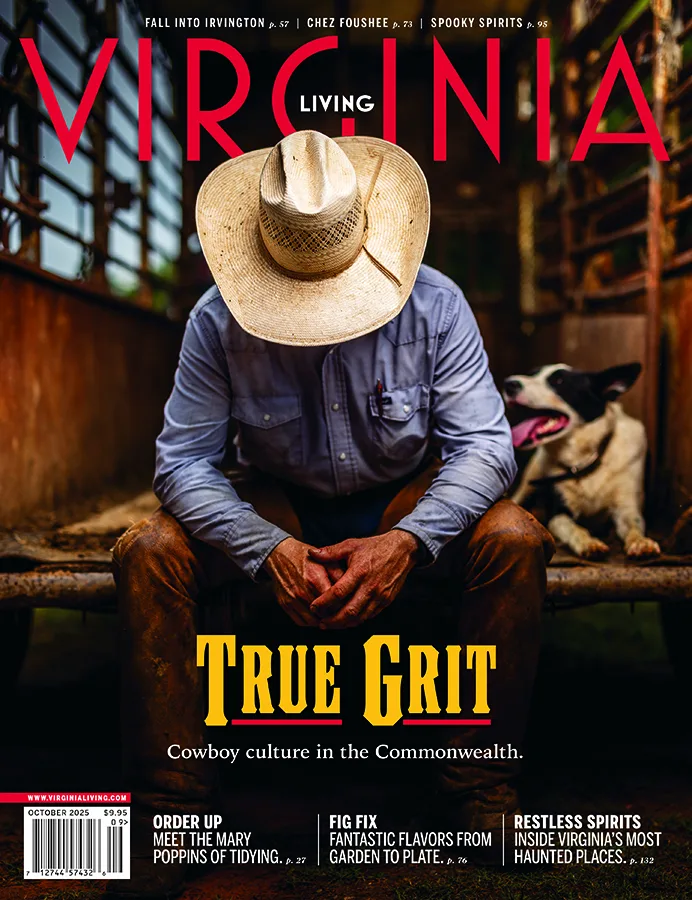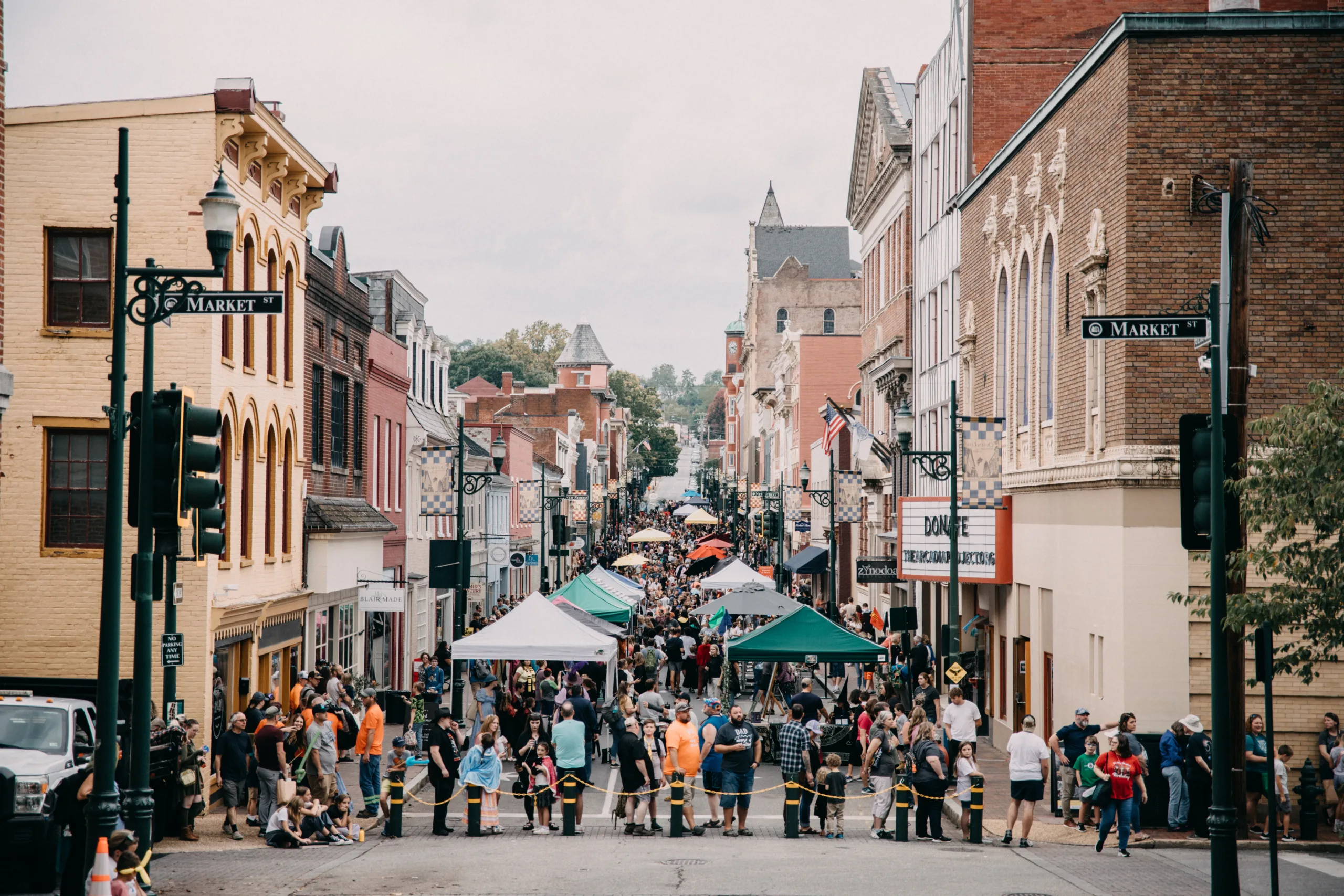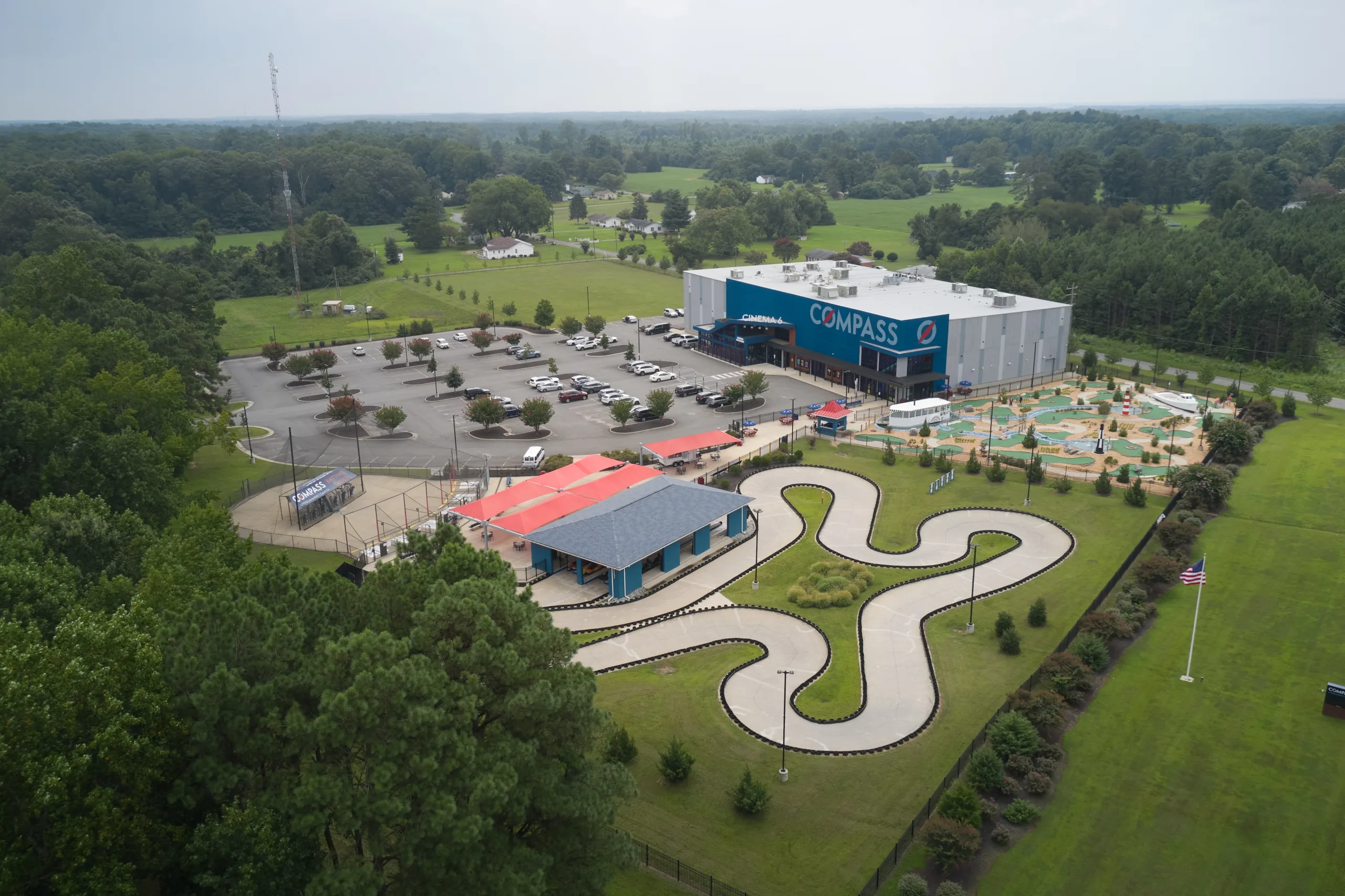“It has character.” A phrase that is often used to describe places, and one that many Richmonders would choose for the neighborhood of Church Hill. But what is character? Fine dining spots, rustic-chic décor, cobblestone streets, or something deeper and less tangible? Strolling along the brick sidewalks of Church Hill, the meaning of a place with character becomes clear.
This eastern district of Richmond is, at once, just as historically charming as it promises to be—and strikingly current. Nearly every house I pass on East Broad Street displays a historic plaque; meanwhile the local coffee roaster’s menu playfully describes their pumpkin spice latte as “IYKYK”—“if you know, you know.” There, at Riverbend Roastery and other early morning spots, the neighborhood’s heartbeat is salient and surrounding. A morning in Church Hill feels like a much-needed hug on a chilly day.
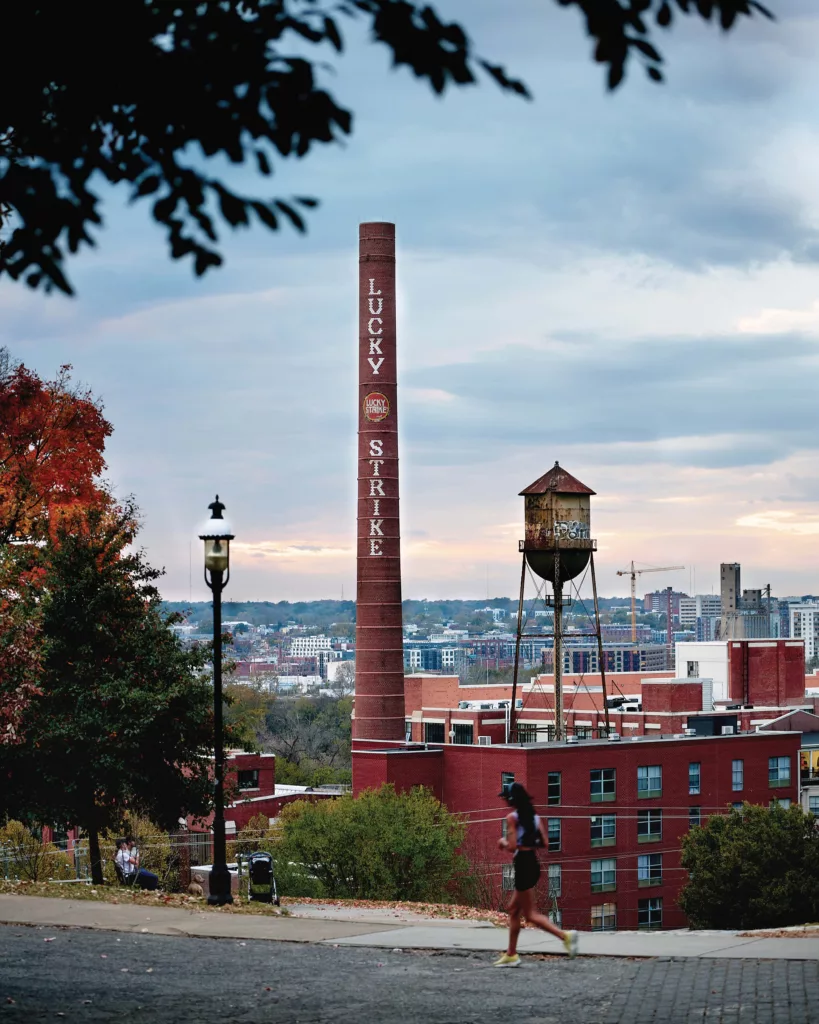
For years, Sub Rosa Bakery, in Union Hill on the neighborhood’s north side, has been one bustling a.m. destination where love for a place is palpable. Patrons with steaming coffee cups fill every nook, chatting and hungrily hovering over choices like morning bun, apple turnover, and cherry pistachio croissant. “A good bakery becomes an anchor in the community naturally,” says Evrim Dogu, co-owner and -founder.
When a fire damaged the bakery’s building in November, forcing Sub Rosa to close temporarily, that same community was there to embrace it. Neighboring restaurant Pizza Bones, a personal favorite of Dogu’s in Church Hill, paused its pizza-making to bake Sub Rosa loaves, with proceeds helping the bakery and building residents. Every loaf sold out in under two hours. Erin Keene, who lives above Sub Rosa and owns Second Bottle—a self-described “unpretentious wine shop” nearby—found a similar outpouring of love. Neighbors extended food, clothes, and funds to help replace what was lost. Thankfully, no one was injured in the fire, and Sub Rosa plans to make a comeback, with Dogu expecting to reopen in a few months. Until then, find their pastries and other mouthwatering baked goods at pop-ups and fundraisers around Church Hill.
The surrounding area remains a stronghold of connection. A few doors down, I find Dear Neighbor, a boutique that offers Gen-Z-approved brands like Baggu bags and Boy Smells candles. Across the roundabout, Spotty Dog Ice Cream Co., The Emerald Lounge, and The Roosevelt each become their own communal hubs at different times of day.
A short walk down Jefferson Avenue leads to Union Market, where funky music, eccentric wall art, an array of wine bottles, and a menu of house-made sandwiches, salads, and soups greet me cheerily. Over 100 years old and once a pharmacy, the building now serves as a casual eatery and curated shop—a community staple reborn. People weave between aisles and tables, while a bulletin board push-pinned to the max with event flyers speaks to the neighborhood’s interconnectedness. Community is embedded in every interaction, with an unspoken sense of assumed common ground.
The area is “eclectic” and “comfortable,” says Union Market co-owner Gillian Field. “Everybody looks out for each other.” The market unites the neighborhood with food, of course, but also block parties, live music, and festivals. Uplifting Virginia makers, they sell Billy Pie frozen pizza, Nightingale ice cream, Mayor Meats, and Tatersnaps cookies—all perfect to pack away for a later picnic. With cards, candles, and soaps too, I find myself loading up on gifts simply for the joy of sharing these treasures.
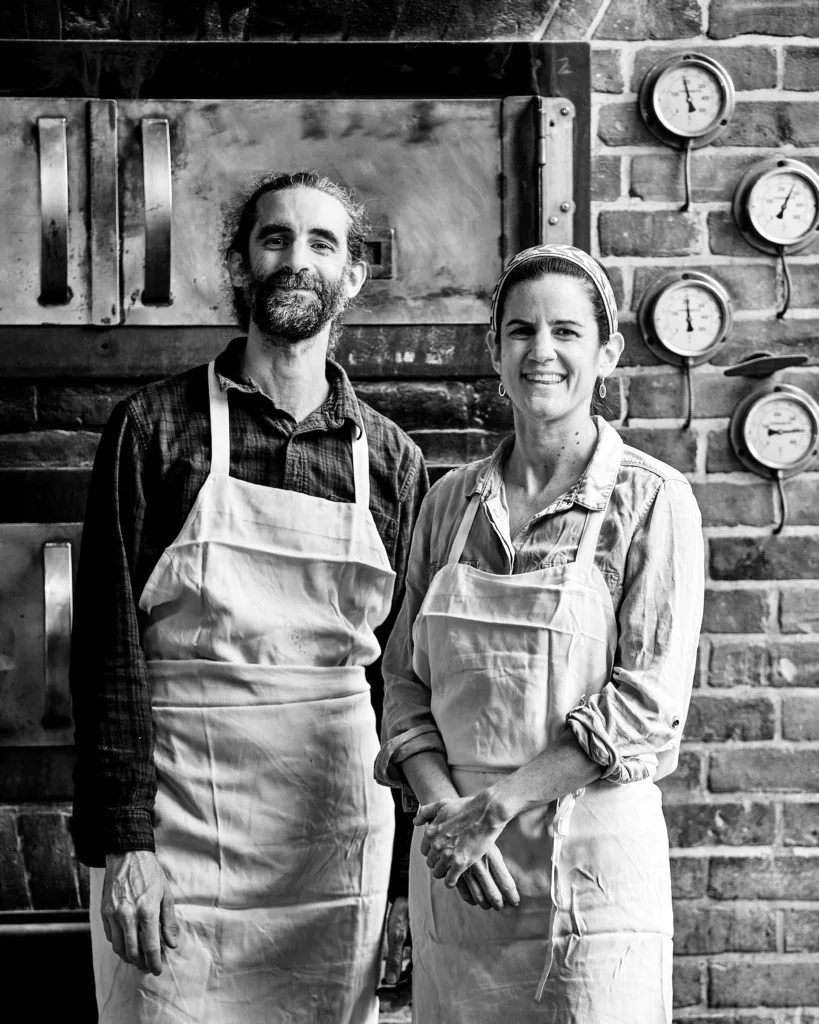
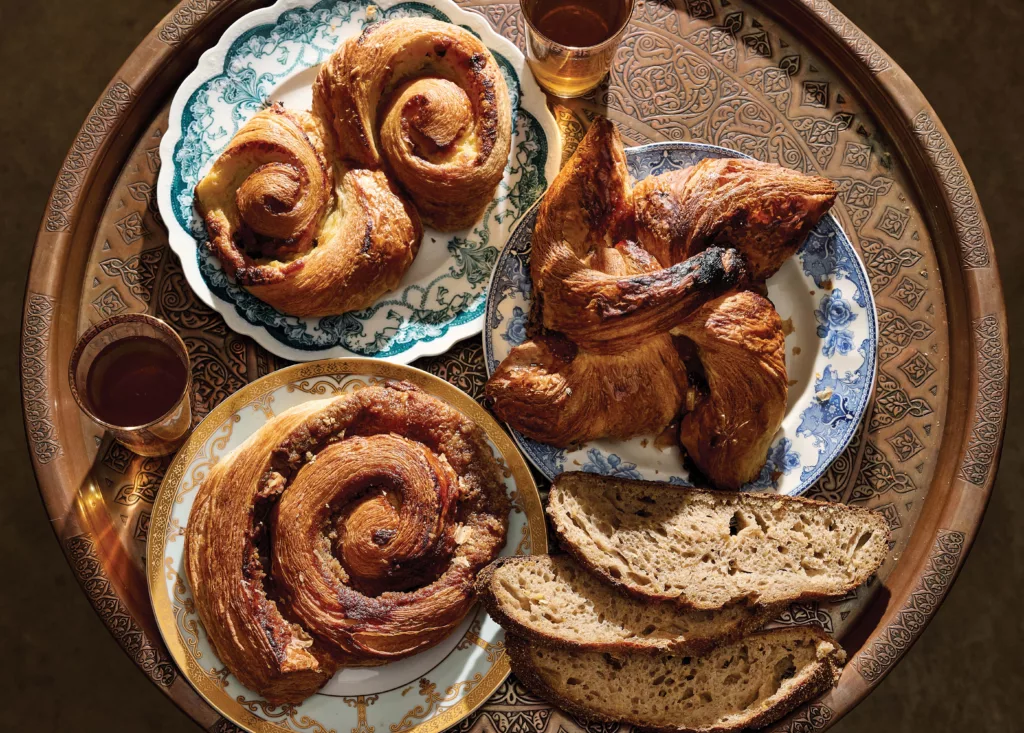
Paths Through the Past
Heading south from the market, the walk is peaceful yet thrumming with activity, especially nearing Liberty Public House, where a vintage movie theater façade marks the restaurant as a local landmark. People mingle outside waiting for tables; inside, colleagues, old friends, and couples reunite in the homey entrance. The scent of chicken and waffles and biscuits and gravy wafts through, promising heaps of comfort food. The cozy basement honors local history with nods to Patrick Henry at every turn—a reminder that his famous words were spoken a few blocks away 250 years ago.
Departing full-bellied and heading south, I watch the architecture shift from Federalist to Victorian, Greek Revival, and Queen Anne to Italianate—and back again. Historic Richmond plaques dot homes around St. John’s Church, sparking my imagination with visions of physicians, tobacco tycoons, soldiers, nuns, and creatives of bygone days. It was Richmond’s first neighborhood and sprung up in the 1730s, encompassing the city’s first 32 blocks.
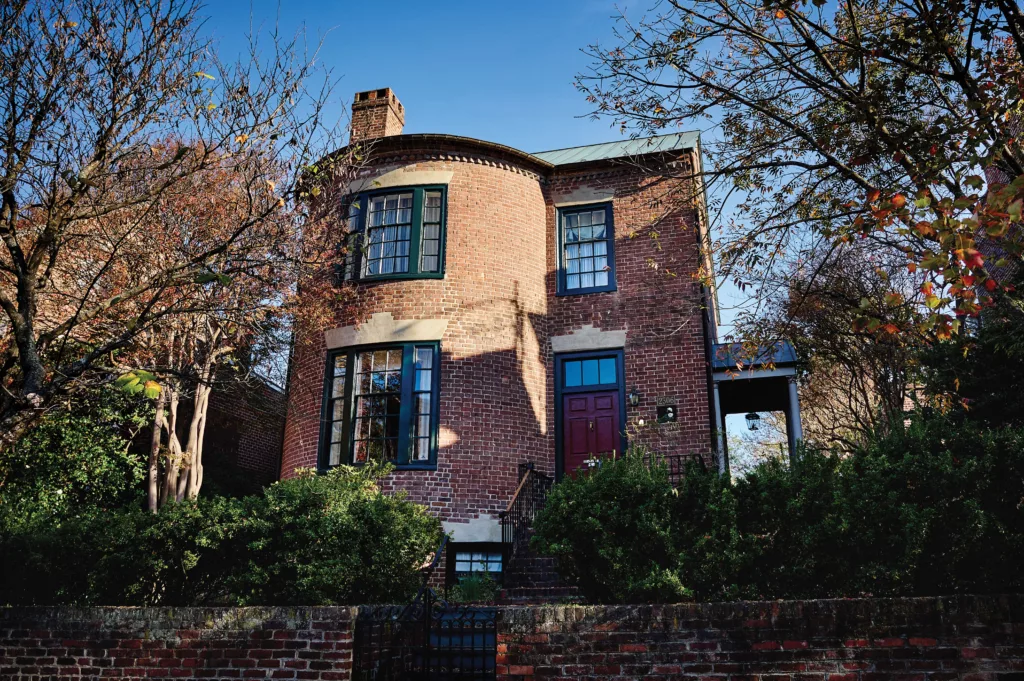
The Ann Carrington House, built around 1813 and the only surviving bow-fronted Federal period house in the city, was part of Historic Richmond’s Pilot Block project.
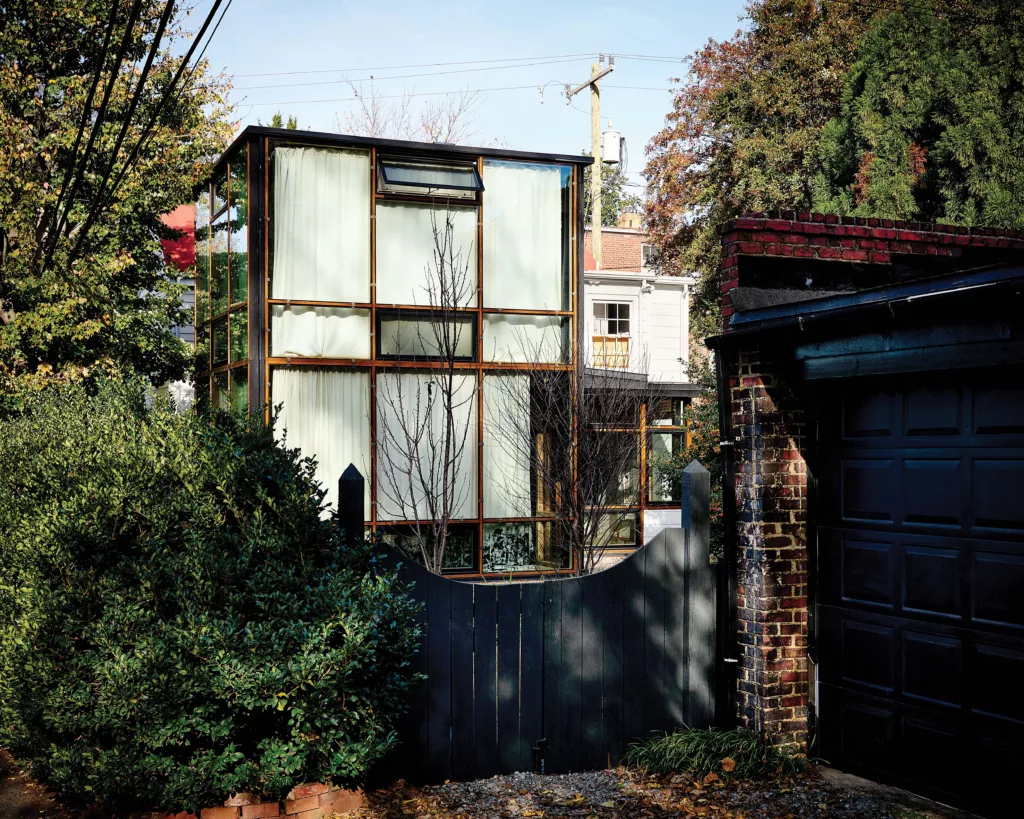
A modern addition to this humble 1846 center-chimney house on 25th Street is visible from the alley.
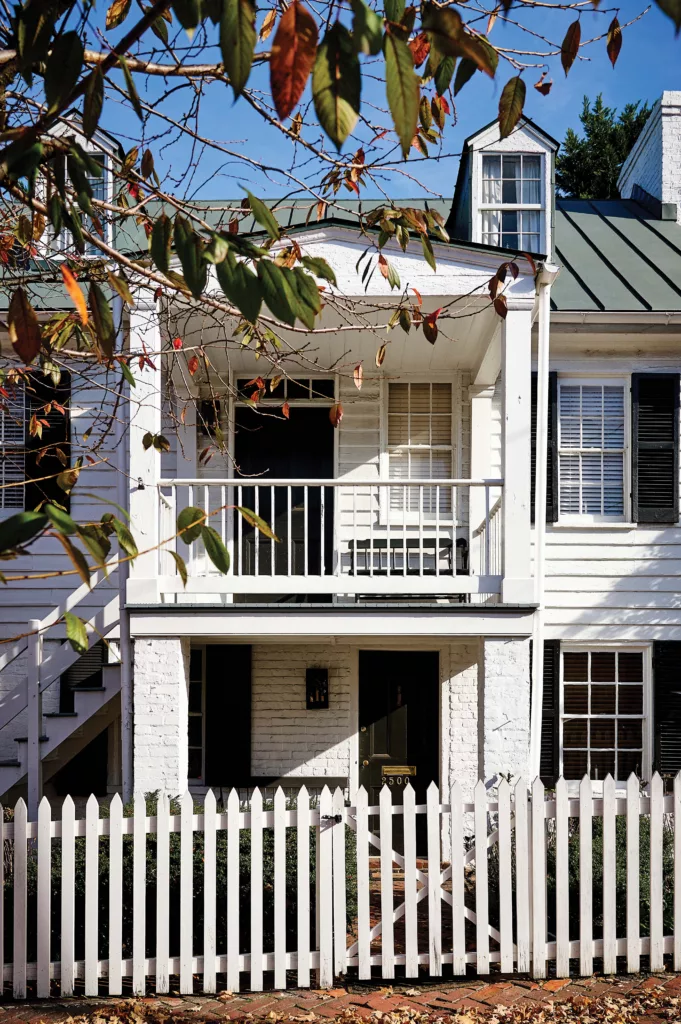
Historic Richmond’s Executive Director Cyane Crump walks with me, sharing the buildings’ stories and her nonprofit’s preservation work. Her knowledge runs deep—she can identify nearly every home along Grace Street from 23rd–27th with details of their histories and transformations. The Ann Carrington House, built in 1813, features a “very unusual” bowfront and classic Federal details like jack arches and a mouse tooth cornice. The Morris Cottages—quaint, one-and-a-half story gabled homes built by carpenter John Morris in the 1830s—ratchet up the charm factor on the streets around St. John’s. Then there’s the Elmira Shelton House, once home to Edgar Allan Poe’s childhood sweetheart (whom he later married) and Historic Richmond’s former headquarters.
Crump can’t play favorites among these historic homes. “All of the architecture, when you look at it, fits together, but each house is distinct in its way,” she says.
Historic Richmond now concentrates most of its work on Church Hill North, providing façade grants to help current residents renovate and restore dwellings affordably, with preservation in mind. The neighborhood’s authentic historic charm endures largely due to community members’ long-standing commitment, Crump explains. “A lot of people here have been residents for decades and decades and poured their heart and soul into the neighborhood,” she says.
At the heart of this history lies St. John’s Church, established in 1741. It is the church on a hill, with its striking white steeple, for which Church Hill was named. The simple structure among worn, aged gravestones has a story that reverberates beyond Richmond and Virginia, reaching across the nation. During a tour from St. John’s Historic Foundation, I marvel at centuries-old woodwork and hear a reenactment of Patrick Henry’s legendary words from the 1775 Second Virginia Convention in the exact place he originally said them.
“I know not what course others may take,” the actor states, impassioned, sending involuntary chills down my back. “But as for me, give me liberty or give me death!” Even in a staged performance, the words stir emotion. “His speech turned a regional New England uprising into an American Revolution,” the touring docent says, and it’s clear why.
St. John’s remains an active episcopal parish and a cultural centerpiece for the neighborhood and city. On Sundays, the church’s weighty old bells ring clear and crisp, worshipers gather, and the community’s warmth is felt even before stepping in from the cold. It’s clear St. John’s present is as alive as its momentous past.
The church is also mere steps from a slice of real proper pie.
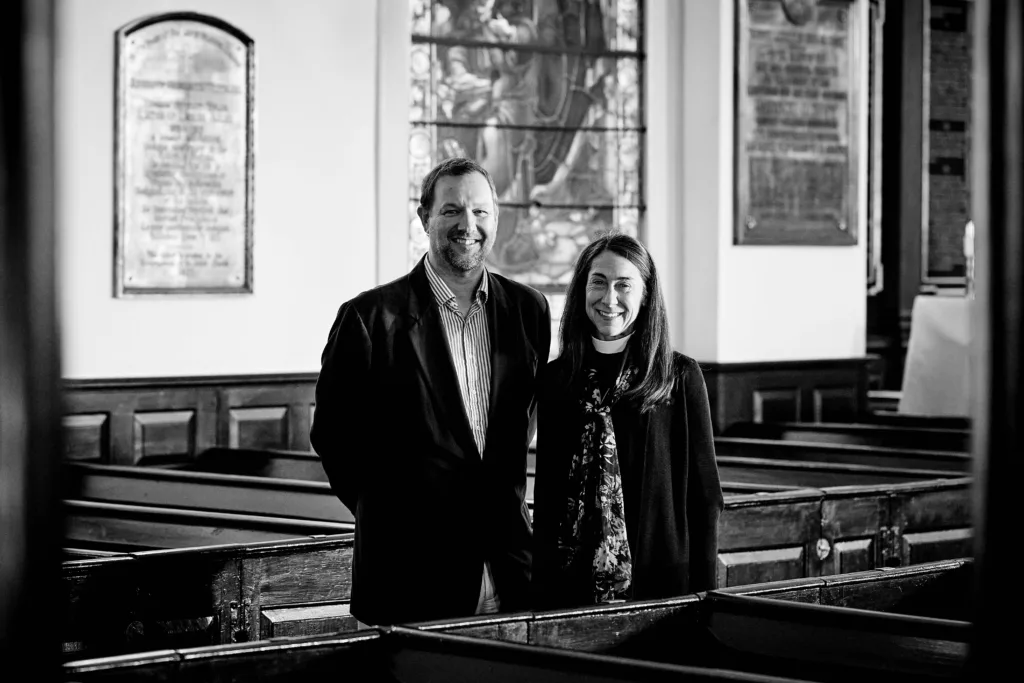
Stephen P. Wilson, executive director for the St. John’s Church Foundation, and Rev. Amelie A. Wilmer, church rector, work in tandem to ensure St. John’s remains a vibrant fixture of the Church Hill community.
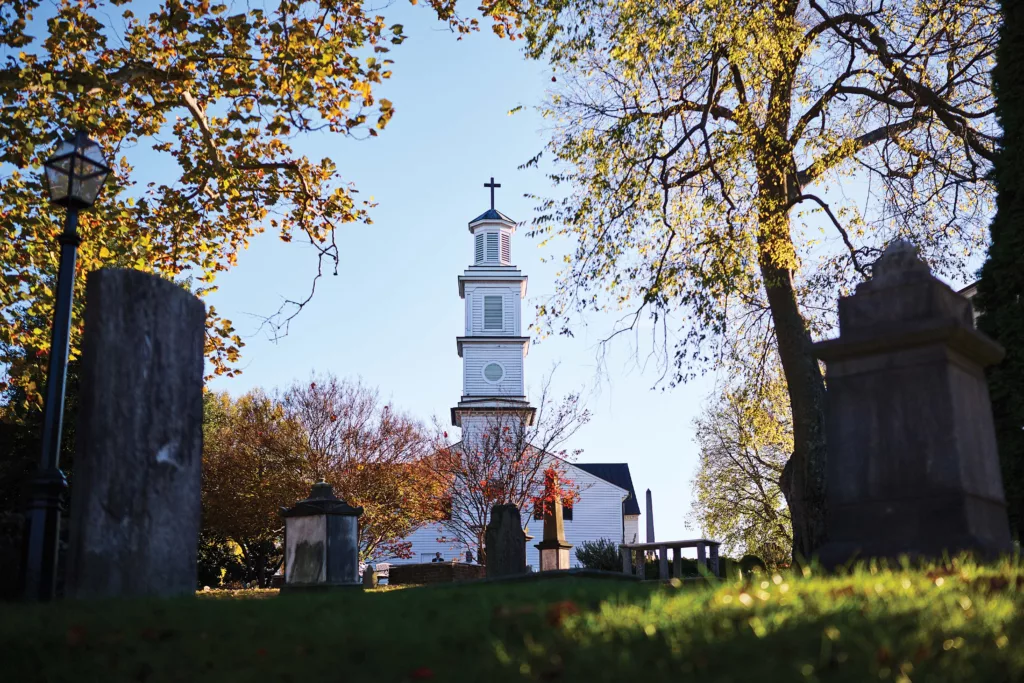
A Twilight View
At Proper Pie Co., sweet and savory pies are paid the attention they deserve. Husband and wife co-owners Nikki Price and Neil Smith were inspired by Smith’s homeland Down Under, where “pies are a whole different culture than they are here,” Smith explains. “Pies in New Zealand are savory pies. You can get them everywhere: gas stations, corner stores, bakeries. It’s just ubiquitous.”
These pies—handheld like a sandwich, small, and steaming—come in flavors like butter chicken and mince and cheese and draw New Zealand natives from states away for a taste of home. The American sweet pies shine too, with even Patrick Henry reenactors queuing up in colonial garb. Plus, they’re easy to transport, and the nearby Chimborazo and Libby Hill Parks are “perfect for a pie picnic,” Price says.
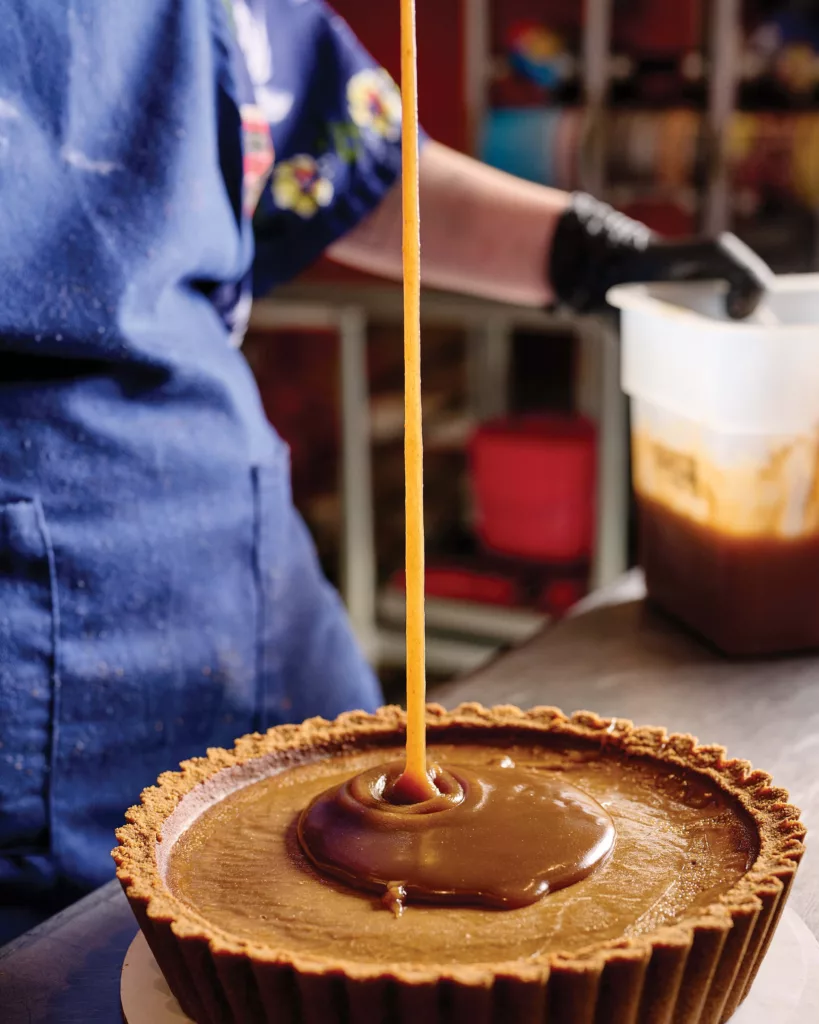
Proper Pie Co. offers seasonal pies for the holidays, like this pumpkin and salted caramel Thanksgiving pie.
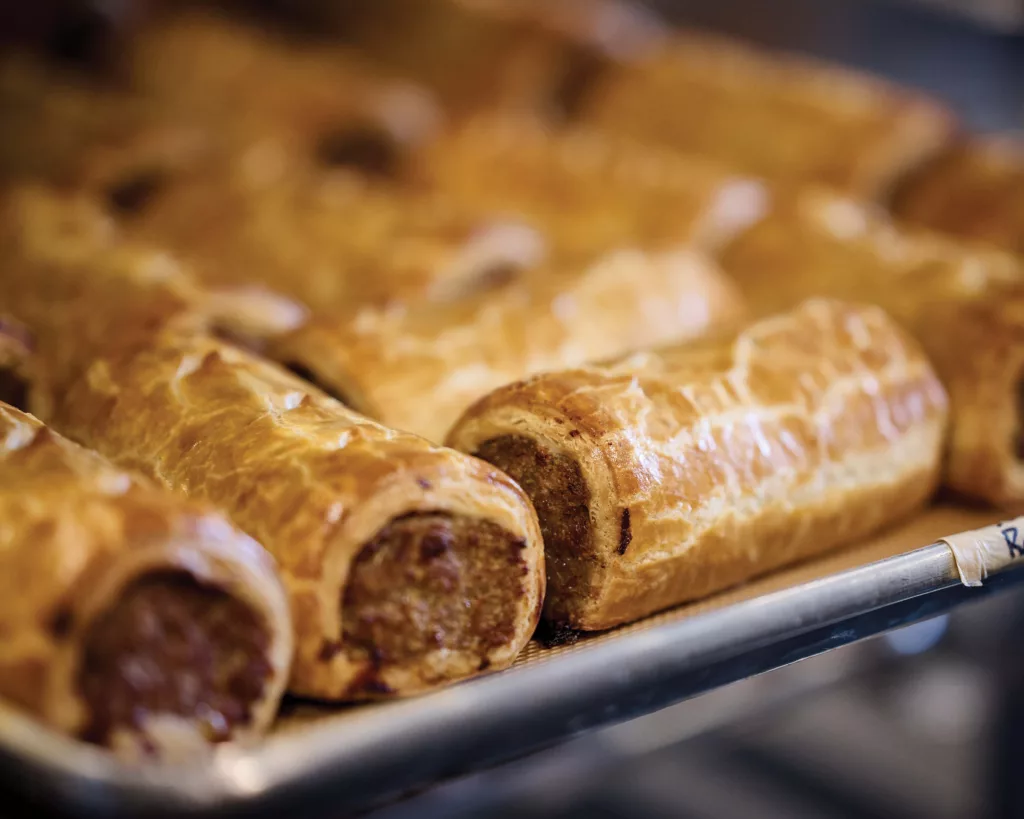
Proper Pie Co.’s New Zealand–style sausage rolls have become a community staple (and a favorite of Virginia Living’s art and editorial teams).
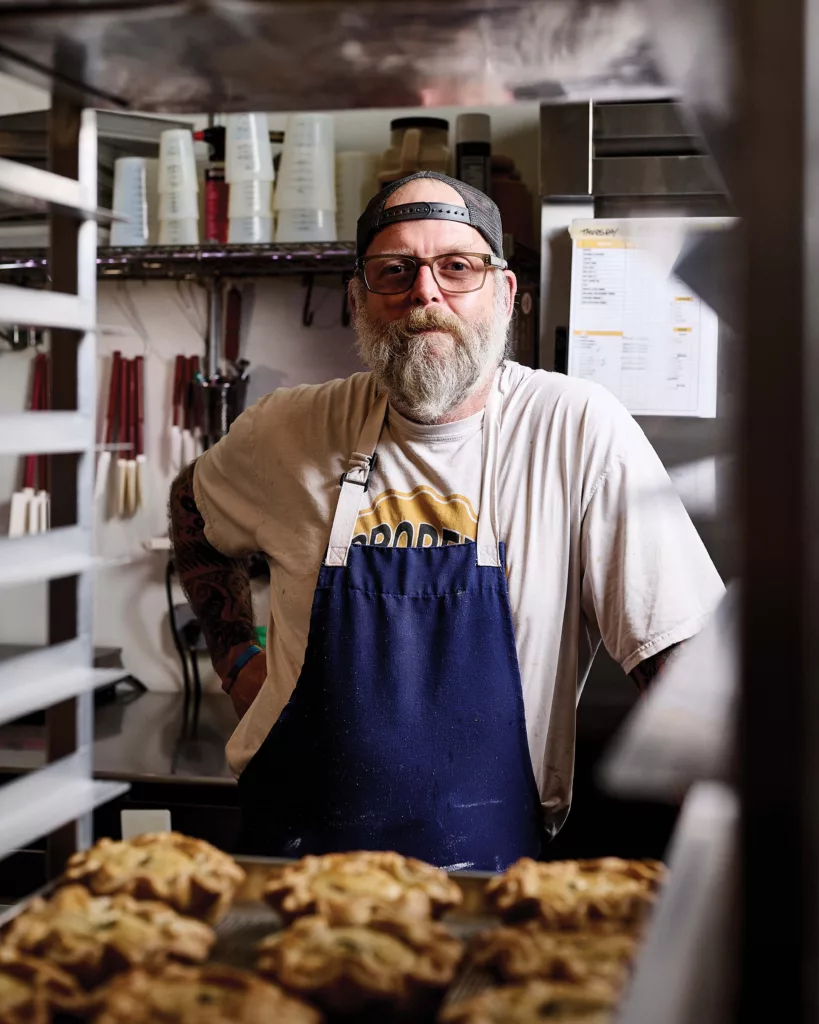
Neil Smith, co-owner and chief pie maker at Proper Pie Co., brings a taste of New Zealand to Church Hill with a variety of sweet and savory baked goods.
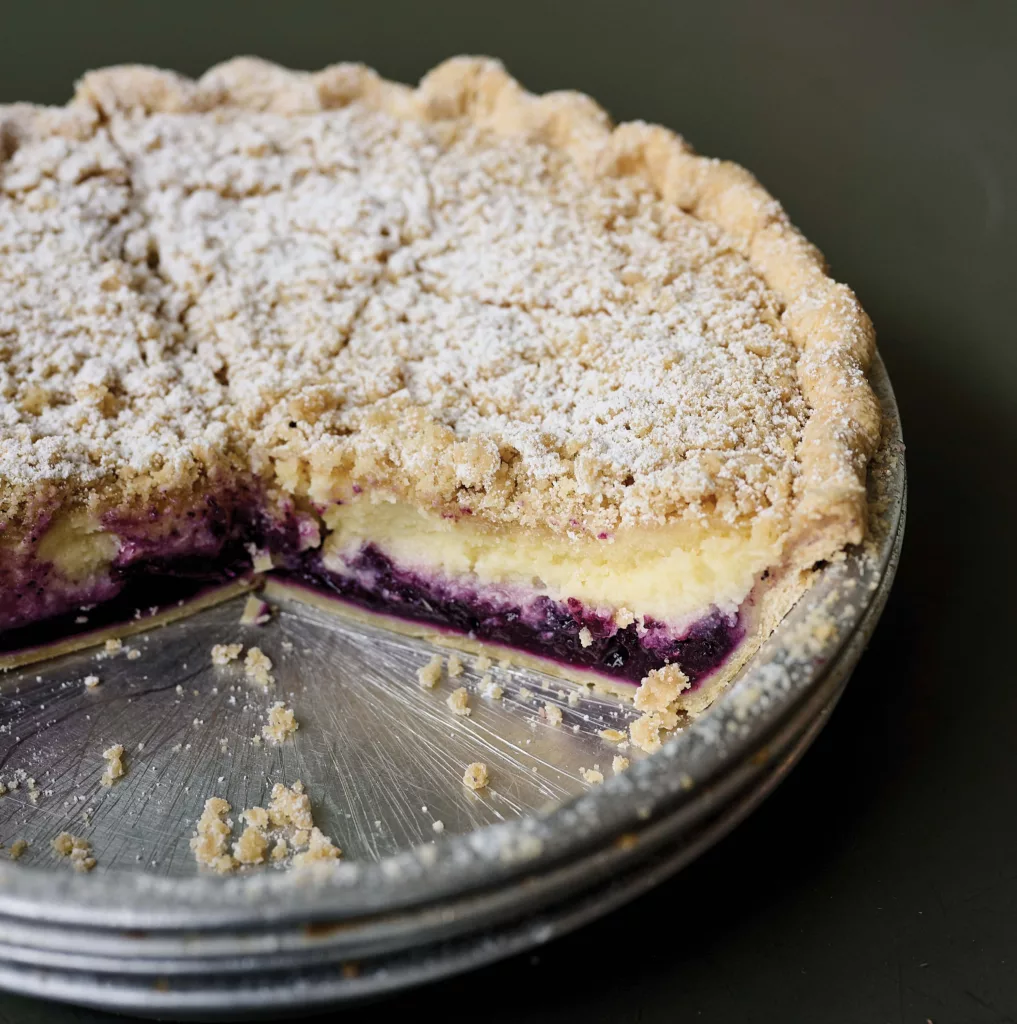
Proper Pie Co.’s sour cream and blueberry pie features wild blueberries in a sour cream custard with a streusel topping.
With unmatched views of the skyline, the James River, and beyond, both parks offer tempting spots to simply sit and be. Legend has it that Libby Hill, one of Richmond’s original three parks, so closely resembled the view of Richmond upon Thames in England that it inspired the city’s name. Meanwhile, Chimborazo charms with its miniature Statue of Liberty and quaint roundhouse. Its history is as captivating as its scenery—once a dueling ground, cow pasture, and one of the world’s largest military hospitals during the Civil War. Named after Ecuador’s highest peak, it got its name in 1802, the year explorer Alexander von Humboldt famously attempted to climb Chimborazo.
Though evening walks in Church Hill might lead me to Alewife for cocktails, Second Bottle for wine tastings, or a sampling of comfort food at The Hill Café one night or another, a special end point remains. Toting a slice of coconut cream pie and Union Market goodies, Libby Hill Park is a de facto destination for die-hard picnickers like myself. Find a good view in the open air, and I’ll be there. And I’m not alone—as dusk approaches, the park only comes more alive.
With its wine offerings, historic buildings, and natural sunset viewing spots, Church Hill is inevitably romantic. As the sky blushes pink and hazy over Libby Hill’s vista, couples gather to bask in the moment. The James River turns inky black in the low light and city lights glow from the west. Old tobacco factories have never been so aesthetically pleasing. To spend an evening in Church Hill is to refall in love again, perhaps with your partner or friends, but certainly with the city of Richmond.
As shadows settle onto the streets and porch lights flicker on in succession, I find myself agreeing: Church Hill truly has “a lot of character,” which, I now realize, is the very opposite of impersonal. Every corner of the neighborhood has been shaped by the hands of community and history. The echoes of those who lived, worked, and learned here—all the way back to the days of Patrick Henry—resonate through each step along these storied streets.
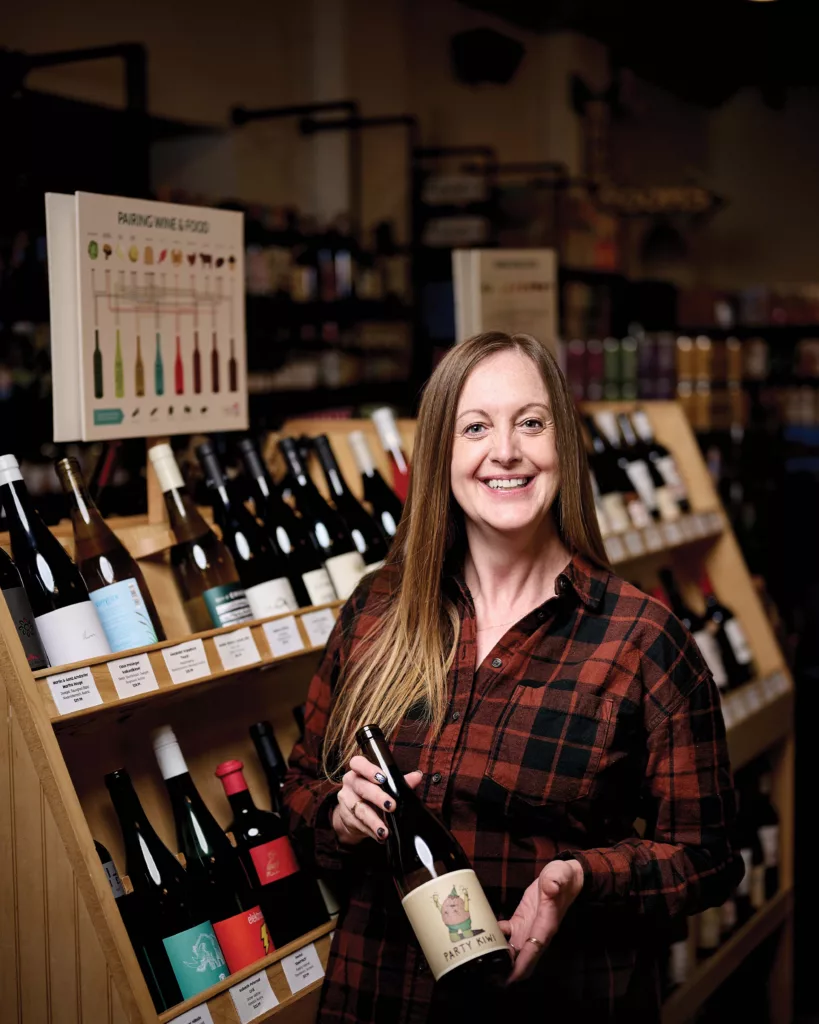
Gillian Field, co-owner of Union Market, in the shop’s wine aisle. The community market sells a variety of international and local goods, including this bottle of Common Wealth Crush Co.’s Party Kiwi Sauvignon Blanc, produced in the Shenandoah Valley.
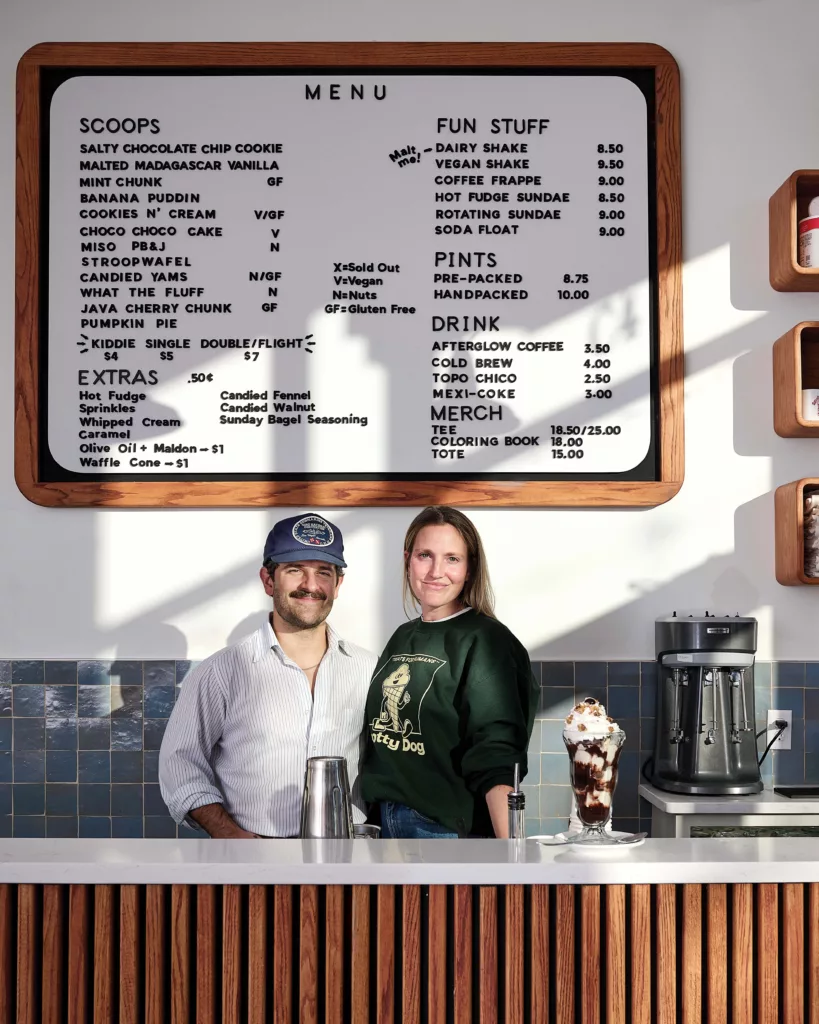
Husband and wife Alex Miller and Hannah Sager, owners of Spotty Dog Ice Cream Co. With constantly revolving flavors and specialties like sundaes and Vermont–style soft serve “Creemees,” Spotty Dog has something for every kind of sweet tooth.

This monument in Church Hill’s Chimborazo Park, titled “Strengthen the Arm of Liberty,” was one of 200 similar sculptures based on the Statue of Liberty erected across the country by the Boy Scouts of America in 1950.
Shhhhh … for peace & quiet
If you’re after solitude and serenity in the midst of the city, check out two spots in Church Hill: St. John’s Mews, created in 1965 as a community garden through the collaboration of Historic Richmond and the Garden Club of Virginia, is within the neighborhood’s St. John’s district. It includes a granite spall-paved alley, a cast-iron summer house, and a brick wall with five panels of cast iron, some of which was rescued from junk yards and demolished houses. Richmond Hill, an ecumenical urban retreat and residential community in a historic monastery, is picturesquely positioned high above the city on the crest of Church Hill. Its wild garden and Chartres-style labyrinth are open to visitors for contemplation, strolling, and relaxation.
St. John’s Mews: South of Broad between 23rd and 24th streets; HistoricRichmond.com
Richmond Hill: 2209 E. Grace St., RichmondHillVa.org
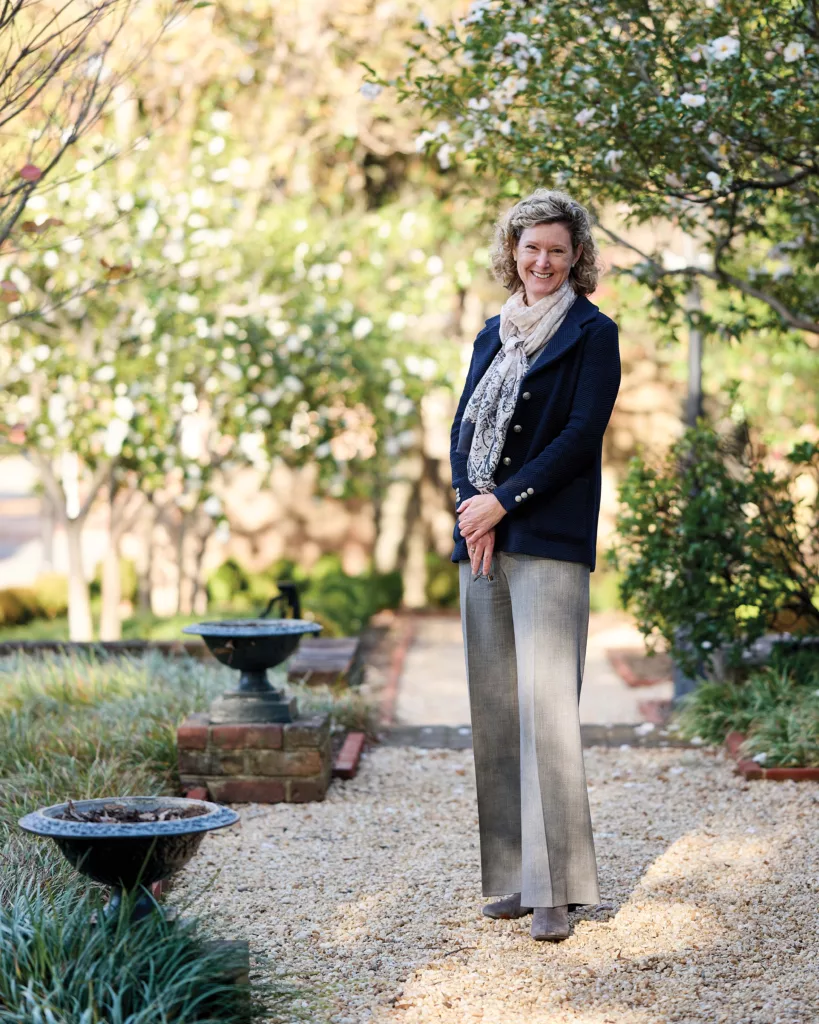
Historic Richmond’s Executive Director Cyane Crump, photographed in St. John’s Mews, a community garden maintained by Historic Richmond in partnership with the Garden Club of Virginia as part of Historic Richmond’s Pilot Block project.
A Day on the Hill:
Virginia Living’s suggested itinerary.
- Start with pastries at Fat Rabbit or Honey Baked Bee
- Explore historic streets, shopping, and Union Market
- Lunch at Liberty Public House or The Hill Café
- Visit St. John’s Historic District and explore St. John’s Mews
- Take a St. John’s Church tour
- Grab a pie at Proper Pie Co.
- Sunset at Libby Hill or Chimborazo Park
- Wine tasting at Second Bottle or Pizza Bones
- Dinner at The Roosevelt or Alewife
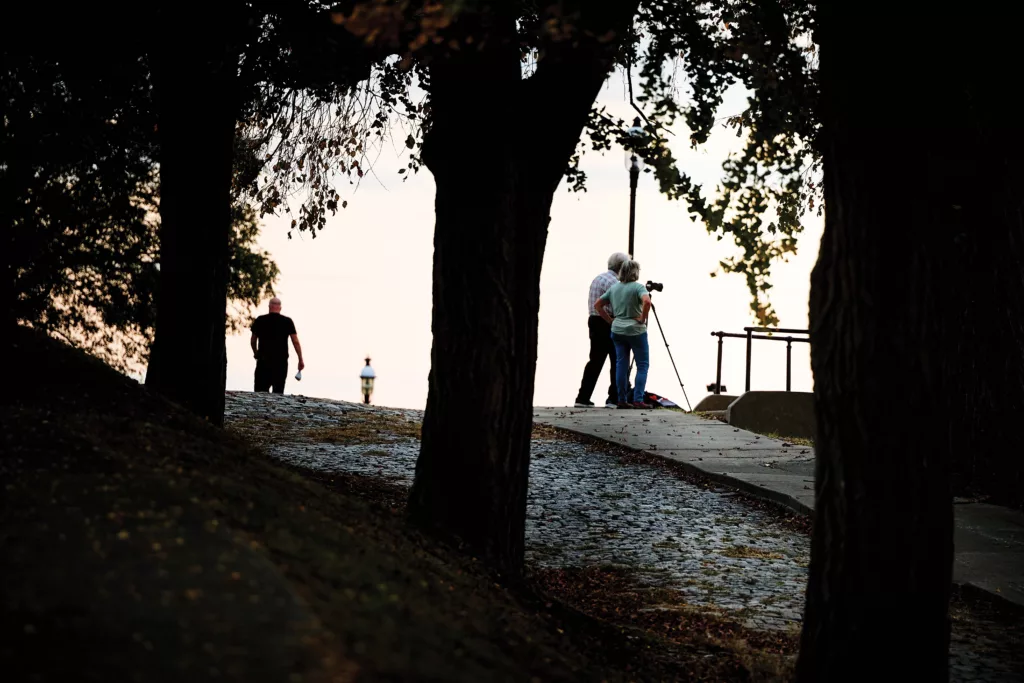
This article originally appeared in the February 2025 issue.
